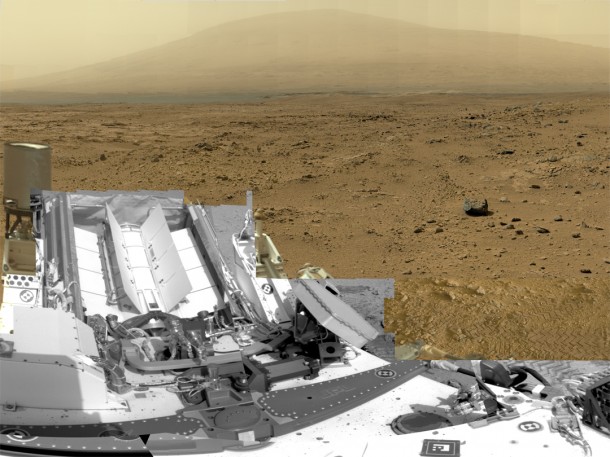
NASA’s spectacular 1.3 billion pixel image, taken by the Curiosity Mars Rover, shows Curiosity at the Rocknest site, where it scooped up samples of windblown dust and sand. This is a reduced version of the original panorama. Click on photo to see full version. (NASA)
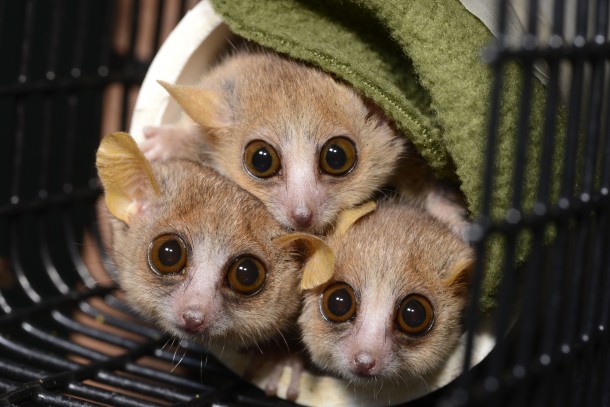
Three mouse lemurs (Microcebus murinus) peer cautiously from their nesting tube. Personality research from the Duke Lemur Center found some mouse lemurs are shy, while others were actually bold. (David Haring, Duke Lemur Center)
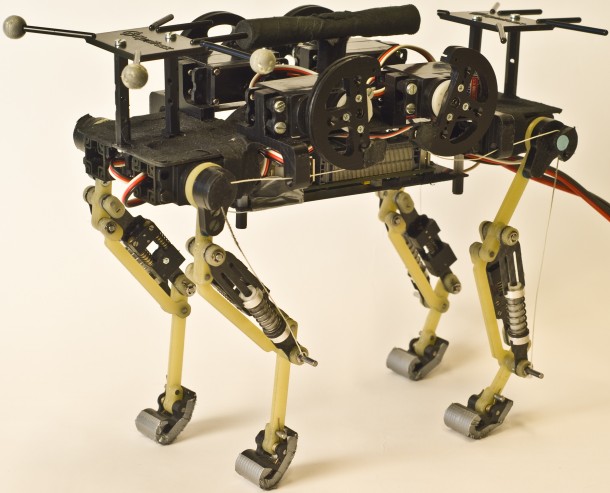
Scientists at the Switzerland’s Ecole Polytechnique Fédérale de Lausanne designed and built a robotic cheetah cub that runs like a cat. During tests, the device demonstrated an ability to run fast and steady at nearly seven times its body length in one second. (© EPFL)
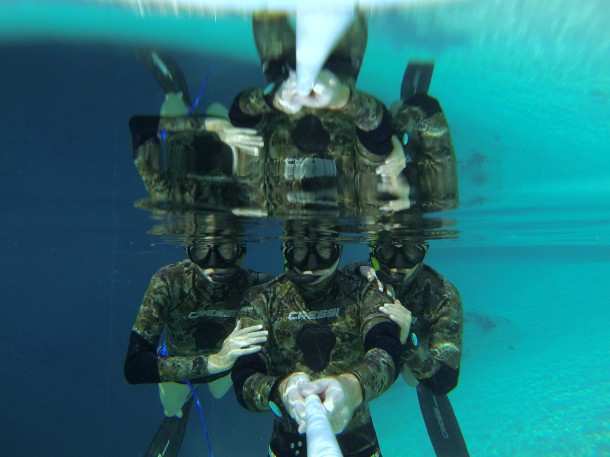
University of Miami researchers film at Dean’s Blue Hole in the Bahamas, the world’s deepest known blue hole or underwater sinkhole that drops to a depth of 202 meters. (Patrick Rynne)

Scientists from the University of Washington, studying in South America, have found that seeds of the wild chili pepper have a better chance of surviving and becoming a new plant if first swallowed and then expelled by a bird. Here’s an ant carrying a wild chili pepper seed that made its trip by and through a bird. (Thomas Carlo)
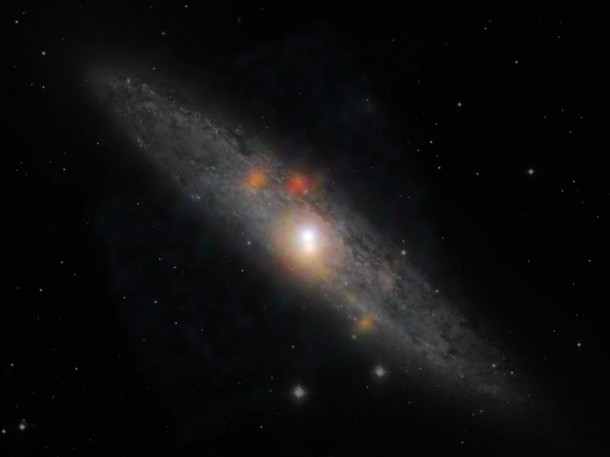
The Sculptor galaxy, located in the constellation Sculptor, is seen in a new composite image from NASA’s Nuclear Spectroscopic Telescope Array (NuSTAR) and the European Southern Observatory in Chile. (NASA)
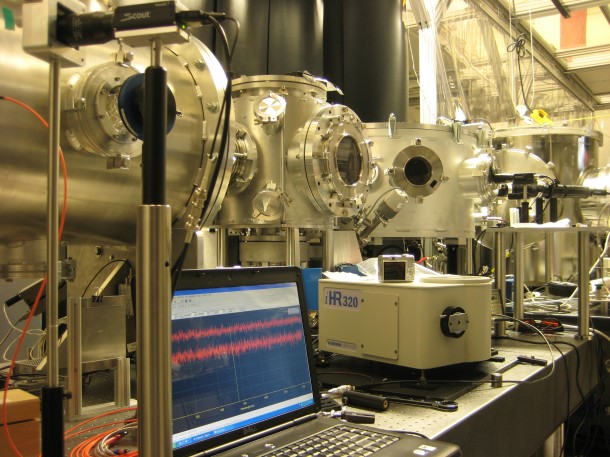
Scientists at the University of Texas at Austin recently built a particle accelerator that can sit on a tabletop. Most particle accelerators, such as CERN’s Large Hadron Collider (LHC), are massive. The LHC is contained within a tunnel that is 27 kilometers in circumference. (Rafal Zgadzaj)
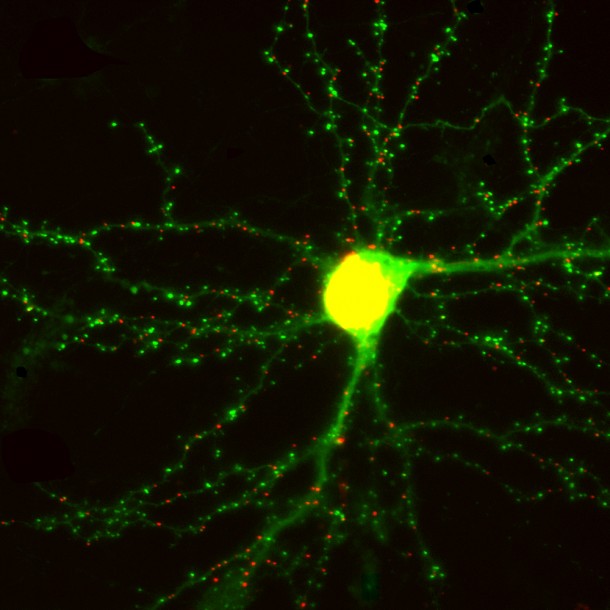
This is a living brain neuron in culture. Scientists from the University of Southern California have developed a way to see where and how memories are made by engineering microscopic probes that light up synapses in a living neuron in real time by attaching fluorescent markers onto synaptic proteins – all without affecting the neuron’s ability to function. (Don Arnold)
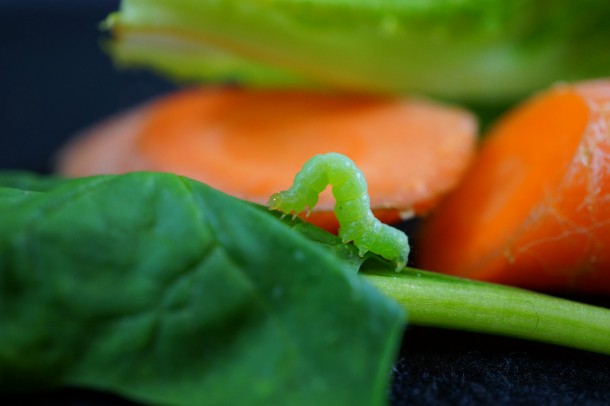
Rice University scientists are conducting research to determine if produce such as spinach and carrots can be encouraged to product more cancer-fighting antioxidants by controlling its circadian cycle with light. Here, a cabbage looper caterpillar makes its way through some of vegetable that were being studied. (Se Kim/Rice University)
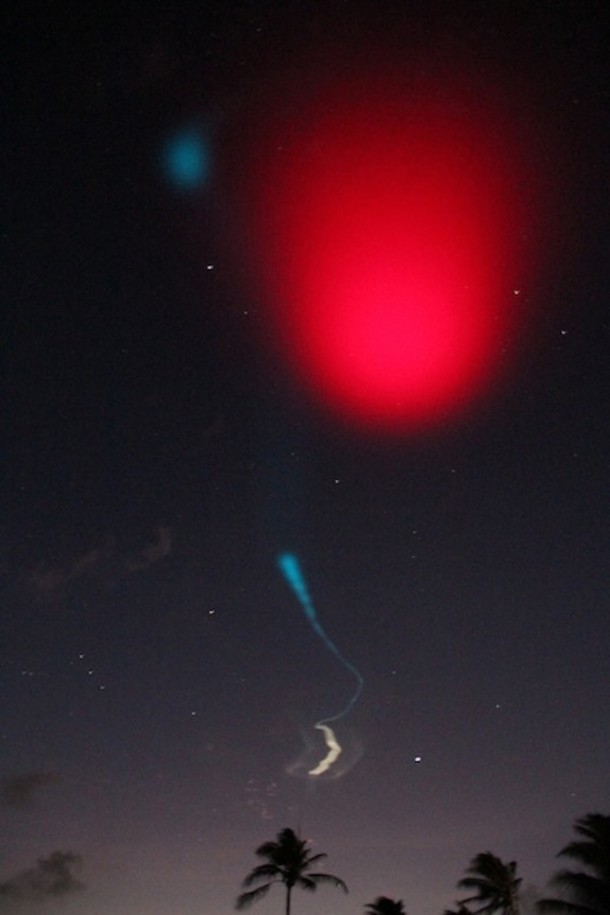
Scientists are getting ready to launch a rocket from NASA’s Wallops Flight Facility in Virginia. The five-minute trip will be to study a global electrical current called the dynamo that sweeps through the ionosphere. A chemical trail, like the one here, will help researchers track wind movement to determine how it affects the movement of charged particles in the atmosphere. (NASA)





















Long live USA!!. Your contribution to the present civilization is enermous GOD bless America.